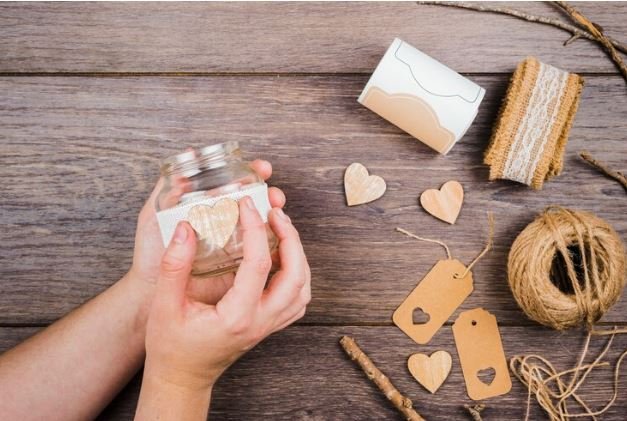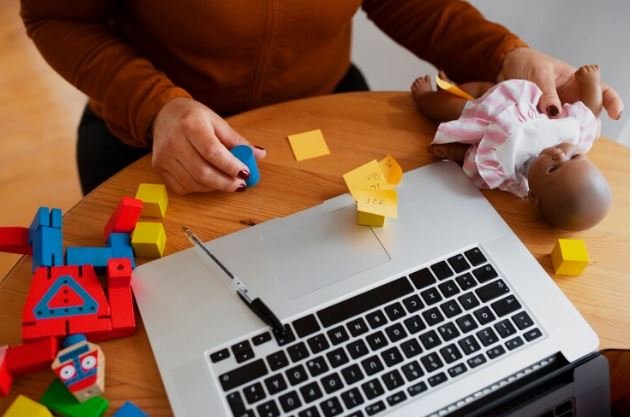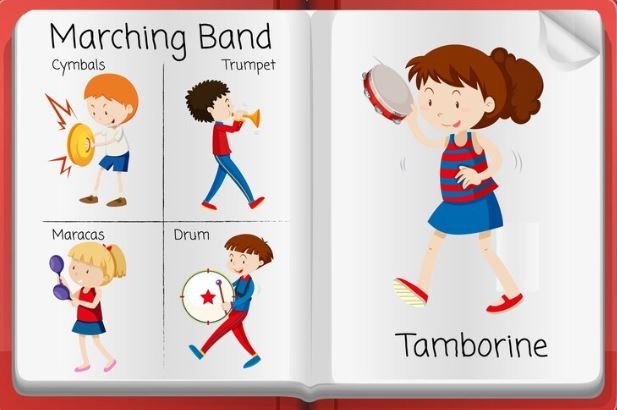Social Emotional Learning Activities are some unique things we do to help us understand emotions, and befriend and cope better with others. These are the fun games in which we learn to be kind, and patient and how to talk with each other.
When we partake in some of these activities, it is a learning experience for us to understand ourselves better and impart an influence on how our emotions are managed well.
1. Feeling with Art
Express your feelings through drawing and painting observe them! Today you can draw an image of what it feels like. When you are happy, it is the day of the Sun. When you feel sad, how about dropping a rain cloud? That way we can see our feelings and show them to others.
2. Making a Kindness Tree
They have also been engaged in making a kindness tree where they are creating this big paper tree with leaves that say every time someone does something kind.
You can write a different nice on each leaf (examples: help your friend, share toys) It is such a positive way to look for all the little bits of nice stuff people do every day!!!

3. Playing “Feelings Charades”
We have talked since about Teaching kids to cope with their feelings like this cool game or charades but you act out your triggering feeling so people can understand. You express an emotion, like happiness or surprise, and your friends guess about the same. It makes us learn to identify and describe various sentiments.
4. Building a Calm Corner
A calm corner is a spot in the classroom, or even at home, where you can retreat to if you need some time away. You might want to put soft pillows, books or nothing so that you feel relaxed and at home. It is a haven for you to go and heal if you are feeling any kind of negative way or need room from your thoughts.
5. Sharing Compliments
This means saying nice things about each other. You can do this in a circle: everyone in the group says a nice thing about every other person in the circle. It is nice to hear nice things about yourself, and it is nice to say nice things about others!
6. Feeling Journal
Being able to talk about your feelings is an important ability, and a feelings journal can help with this! A feelings journal is like a special diary, where you can write about your day, and how you feel. You can draw pictures, write words, or even add stickers. It can help you remember how you feel and better understand your feelings.
7. I Feel Statements
It is essential to learn how to talk about your feelings. For example, if someone says or does something you don’t like, you can say, “You made me mad!” or you can say, “I feel upset when” The second way helps the person understand how you feel and why.
8. Friendship Bracelets
Making a friendship bracelet is a fun activity. You can give the bracelet to someone you like, and they can give a bracelet to you! It is a way to show the other person you want to be friends.

9. Deep Breathing
Deep breathing is a simple thing you can do to help you relax when you feel upset or anxious. You can pretend that re blowing up a giant balloon, take a deep breath, and then let the air out slowly. It will help you feel more relaxed and ready to handle difficult things.
10. What Would You Do?
What would you do? It is a great way to start thinking about being kind and making good choices. Choose one issue, such as “This person is sad’. Have each person share their ideas about what they might do.
11. Read books on feelings
Stories of characters that feel differently from us. Somebody brave/scared/happy/sad and how they express their feelings. It teaches us what we can do when WE think the same way.
12. Role-Playing Tasks
Role-playing is where you pretend to be someone in a given situation. You might act like a shy friend or pretend that you need assistance. So, you help to know how others feel and what can make a good friend.
13. Making a “Gratitude Jar”
A gratitude jar is a mason jar with notes of things you are grateful about. Write a note every day: “I am grateful for my friends” or “It is so great that I have read the best book ever!”. It makes you focus on the positive aspects of your life.

14. Learning to Listen with Listening Ears
You’ve got to listen most of the time to live with folks. You might suggest practising with “listening ears” – imaginary oversized circles around each of your child’s, though they can’t help but improve attention and listening. It is an exercise that enhances your ability to hear when someone else speaks.
15. Teach this skill with a “Feelings Chart.”
A feelings chart is a large poster with various faces depicting emotions, such as smiling, frowning, etc. But you get to feel your way through it every day. Have an open discussion about your feelings with others.
16. No-Interruptions Conversation
This activity is to teach us how to speak in turns. Instead, you can sit across from a friend and take turns talking without interrupting. It is a sign of respect and keeps everyone feeling heard.
17. Empathy Practice: Feelings Detectives
Empathy is understanding another person´s feelings. You can play naive and pretend you are “feelings detectives,” searching for signs that someone might experience the following sense. It’s kind of like being a super sleuth to help make others feel better!
18. Playing Cooperation Games
Involve your family in cooperative games, which make everyone work together, like building a puzzle or playing games where you have to assist others. It teaches us collaboration and how to help others & the world.
19. Doing a “Feelings Walk”
Feelings walk: This is a walk around being with different emotions. You may walk around happy and then feel curious or relaxed. It provides a light-hearted approach to how our different emotions orient us in the world, guiding movement and action.
20. Create a feel wheel
In the graphic above, you can see a feelings wheel in which every section contains another emotion. Please give it a whirl and share an instance when you felt that way with the room. Interactive readings are an excellent way to tell stories and express emotions.
21. Creating a “Worry Box”
A worry box is where you can write and store your worries. You can put whatever bothers you in the box and then lock it. It makes you feel like some of your concerns are being tucked away.

22. Doing a “Smile Relay”
A smile relay is one where you hand the first smile off to someone, and they give it away, and so on—the primary act that reveals the domino effect generated by sharing smiles and being with others.
23. To practice “Mindful Moments of Your Day.”
Yates says mindfulness is simply presence and being with what is occurring. One way to practice is to sit still, close your eyes and just notice what you hear (or feel or smell). Keep you relaxed and centred.
24. Building a “Team Tower”
Working with friends to make the tallest tower possible out of blocks (or any material) is a bit of team building. Communicate and Plan Together, which helps You to know cooperation & patience.
25. Sharing “Happy Thoughts”
Share a happy ending though. You just have to walk around and comment on what caused you to be in a good mood, for example, playing with a buddy or learning something new. WELL, ITS A GOOD WAY TO HELP EVERYONE END THE DAY SMILING.
Why is Social Emotional Learning Important?
Through social-emotional learning activities, we learn skills crucial to school and life. They also train us to master our feelings, integrate with society and live life so we can face challenges. In doing these activities, we also become better friends and students and can even make the world kinder.
The little lessons go so far in how we feel and act with others. This is not to prepare us for waiting in monumental lines but, instead, as an exercise in being thoughtful and patient with one another; both are invaluable skills that, let’s be honest- all of us could stand some improvement.
That way, when you are about to participate in an SEL activity the next time, remember it’s not only FUN but also part of LEARNING yourself to be all that BEST every step of life!


